During Queen Victoria’s reign, London underwent unprecedented industrial, technological, and cultural development. The Victorian period established enduring cultural institutions, public parks, museums, and architectural treasures that continue to define London’s character today. In this post, we provide you with a list of things to do in London with kids who are learning about the Victorians in school, helping you to support and encourage their learning whilst at the same time, having a very modern family holiday.
Permanent things to see and do
There are loads of things to do in London with a Victorian connection. Below we explore just some of the wide range of things on offer.
Take in the grandeur of the Natural History Museum building
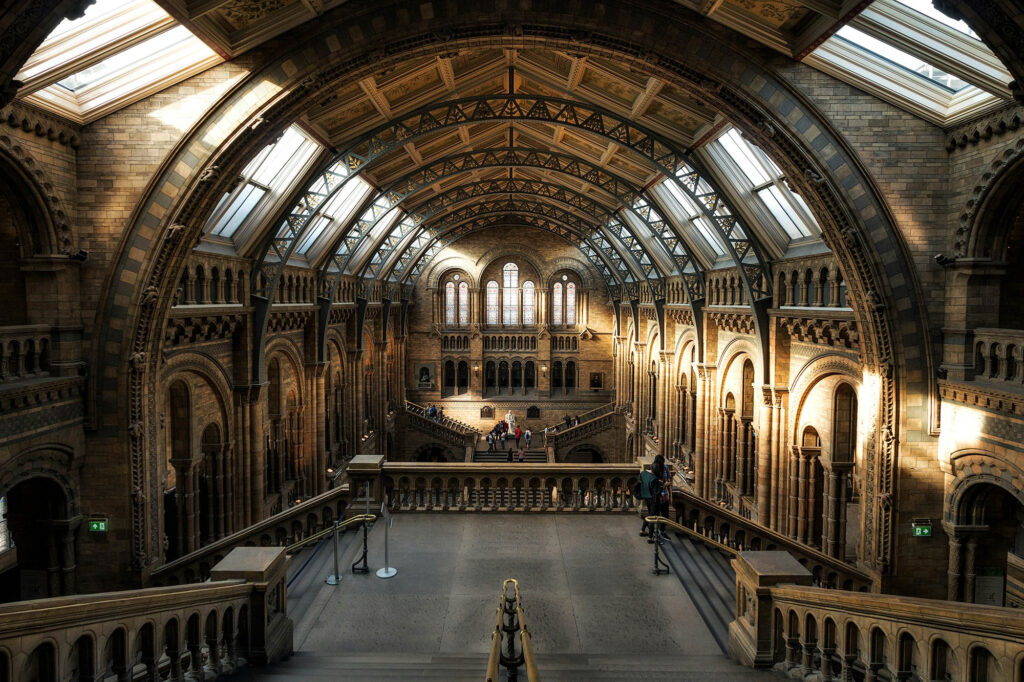
Although most visitors to the Natural History Museum will focus on the exhibits, make sure that you take in all of the architectural details of this stunningly impressive Victorian building, both inside and outside. In 1856, Sir Richard Owen (the scientist who coined the term ‘dinosaurs’) championed the creation of a natural history museum, separate from the British Museum’s natural history collection. His vision for a ‘cathedral to nature’ was realised through architect Alfred Waterhouse in the form of the Natural History Museum.
The building features intricate decorative elements inspired by natural history, with extinct species represented in the east wing and living species in the west, reflecting debate around Darwin’s theory of evolution. The Victorian era’s spirit of exploration and discovery was embedded in the museum’s design, with Waterhouse meticulously sketching each sculptural detail and having them verified by Museum professors for scientific accuracy.
See where Charles Dickens lived
The Charles Dickens Museum is housed in his former home at 48 Doughty Street in Holborn, where he lived from 1837-1839. During his time at the address, Dickens wrote several of his most famous works, including Oliver Twist, and rose to such fame that even Queen Victoria became a fan.
The house, which opened to the public in 1925, is now preserved as a typical middle-class Victorian home, furnished with Dickens’s original possessions and decorated as it would have been in 1837.
For families visiting today, the museum provides a window into both Victorian domestic life and Dickens’s role as a social reformer who challenged the era’s attitudes toward poverty, helped popularise modern Christmas traditions like turkey dinners and gift-giving through A Christmas Carol, and created enduring characters and phrases that remain part of our cultural vocabulary today.
Learn about the art of William Morris
The William Morris Gallery is set in Lloyd Park in Walthamstow, in north-east London. It is situated in Morris’s former family home – a Grade II* listed building – stands as the world’s only public gallery dedicated to the multifaceted legacy of William Morris, who was renowned as a designer, craftsman, and radical socialist.
The free to visit gallery houses the world’s most extensive collection of Morris’s work, complemented by contemporary exhibitions and dynamic educational programming, all aimed at sharing the artistic and social contributions of one of Britain’s most influential designers with visitors.
Take a Jack the Ripper tour in the East End
Consider a Jack the Ripper walking tour through the atmospheric streets of Whitechapel and Spitalfields. A Jack the Ripper tour offers a glimpse into one of London’s most infamous historical mysteries. These guided walks typically trace the footsteps of the notorious serial killer, visiting crime scenes and discussing the social context of Victorian London.
Tours are best suited for older teenagers (typically 14+) and adults who can handle the mature themes and sometimes graphic descriptions. Parents should use their discretion, considering their child’s maturity level and sensitivity to scary or violent content.
See the glasshouses at Kew Gardens
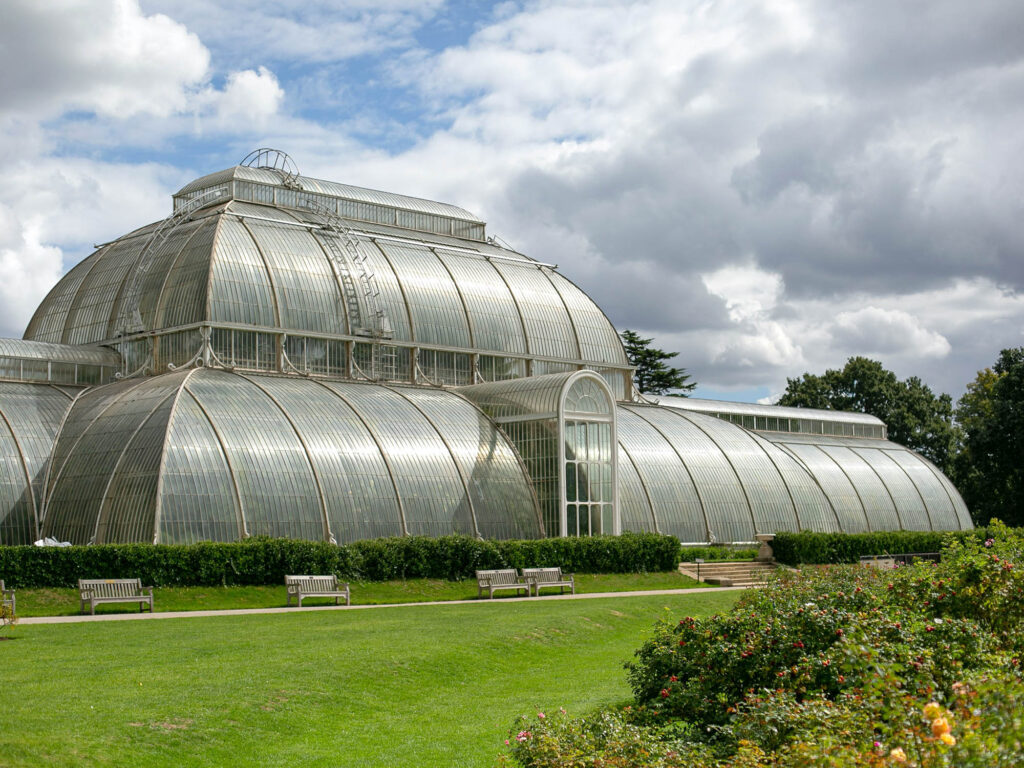
Kew Gardens experienced its most significant period of development during the Victorian era, particularly after becoming a national botanical garden that was opened to the public in 1840.
Under the directorship of Sir William Hooker and later his son Joseph Hooker, the gardens expanded dramatically from 15 to 326 acres, establishing many of its iconic structures including:
- The Palm House (completed in 1848) – a pioneering feat of Victorian engineering combining glass and wrought iron architecture; and
- The Temperate House (opened in 1863) – the world’s largest Victorian glasshouse, now a Grade I listed structure housing 1,200 species of plant.
Kew Gardens reflected both Victorian ingenuity and Britain’s imperial reach, as plant hunters were sent across the British Empire to collect specimens, making Kew a vital centre for botanical research and economic botany. Kew Gardens continues to be an excellent place to spend the day as a family, enjoying the outdoors, learning about biodiversity, and perhaps learning a bit of history too!
Step inside a time capsule at Sambourne House
Sambourne House (previously known as 18 Stafford Terrace) in Kensington offers visitors one of London’s most authentic and immersive Victorian experiences, preserving the remarkably intact home of celebrated Punch magazine cartoonist Edward Linley Sambourne and his family exactly as it was in late Victorian England.
Unlike many period houses that feature reconstructed interiors, this distinctive time capsule retains most of its original furnishings, including ornate William Morris wallpapers, elaborate cast iron fireplaces, stained glass, Turkey carpets, Japanese prints, and countless decorative objects. The house stands as a perfect example of an upper-middle-class Victorian home – all presented in a way that makes visitors feel they’ve stepped directly into late Victorian London.
Admire the design of Leighton House
Located less than a ten minute walk away from Sambourne House, Leighton House Museum offers visitors an extraordinary window into Victorian artistic life through the opulent and unconventional home of leading painter Sir Frederic Leighton, President of the Royal Academy.
This museum showcases the Victorian fascination with the exotic through its spectacular Arab Hall—featuring a golden dome, intricate mosaics, Islamic tiles, and a trickling fountain—alongside sumptuous interiors that blend classical influences with Middle Eastern motifs.
Art enthusiasts can marvel at the dramatic double-height studio where Leighton created his work, complete with a vast north-facing window, while admirers of Victorian design will appreciate the house’s pioneering Arts and Crafts elements, including custom furniture, William De Morgan ceramics, and metalwork by founder of the movement, William Morris.
Walk in the footsteps of Victorians at Tower Bridge
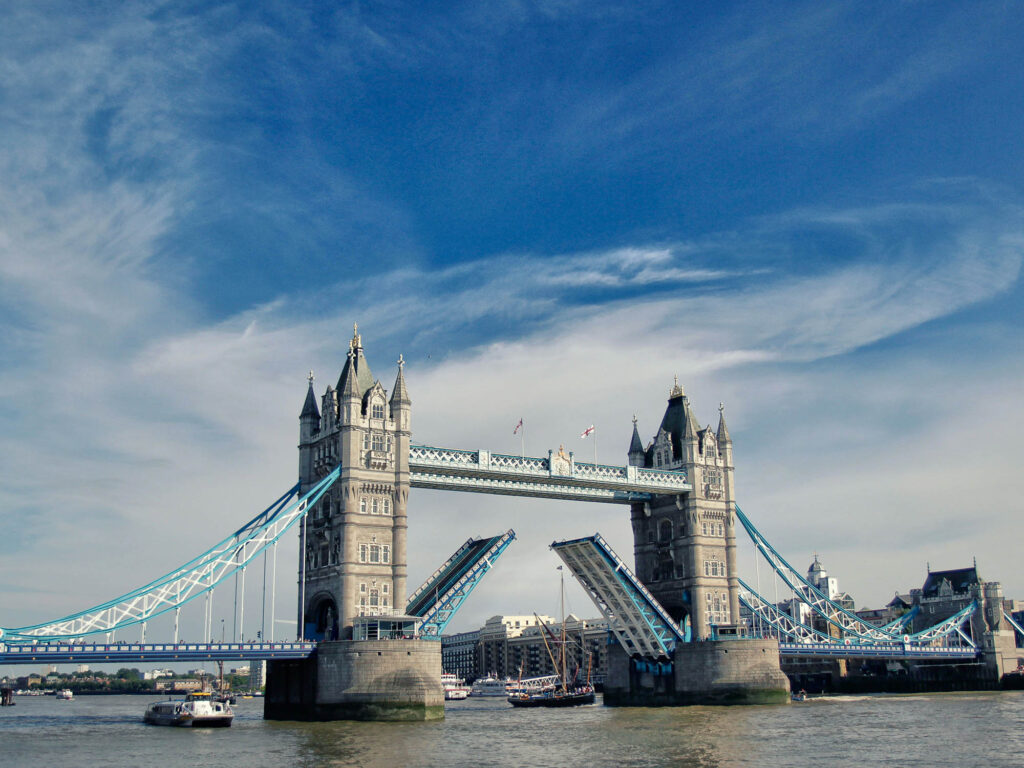
Tower Bridge is an iconic Victorian engineering marvel. It emerged from an 1876 design competition held by the City of London Corporation to solve the challenge of building a river crossing that wouldn’t disrupt Thames traffic.
After Queen Victoria signed the Corporation of London (Tower Bridge) Act on August 14, 1885, her son, the Prince of Wales (future King Edward VII), laid the foundation stone.
The eight-year construction project employed 432 workers daily, with the bridge’s massive steel framework (over 11,000 tons) clad in Cornish Granite and Portland Stone. Its innovative bascule mechanism, powered by steam-driven hydraulics, could raise the 86-degree bascules in just 60 seconds.
When officially opened on June 30, 1894, by the Prince of Wales, accompanied by Princess Alexandra and the future King George V, the celebration was so grand it took a week to clean up afterward.
Today, tourists can experience this Victorian landmark by visiting the Tower Bridge Exhibition, where you can explore the original Victorian engine rooms, walk across the glass floor of the high-level walkways, and possibly witness the bridge’s bascules being raised for passing vessels—a living demonstration of Victorian innovation that continues to serve London over 125 years later.
Explore the grandeur of Highgate Cemetery
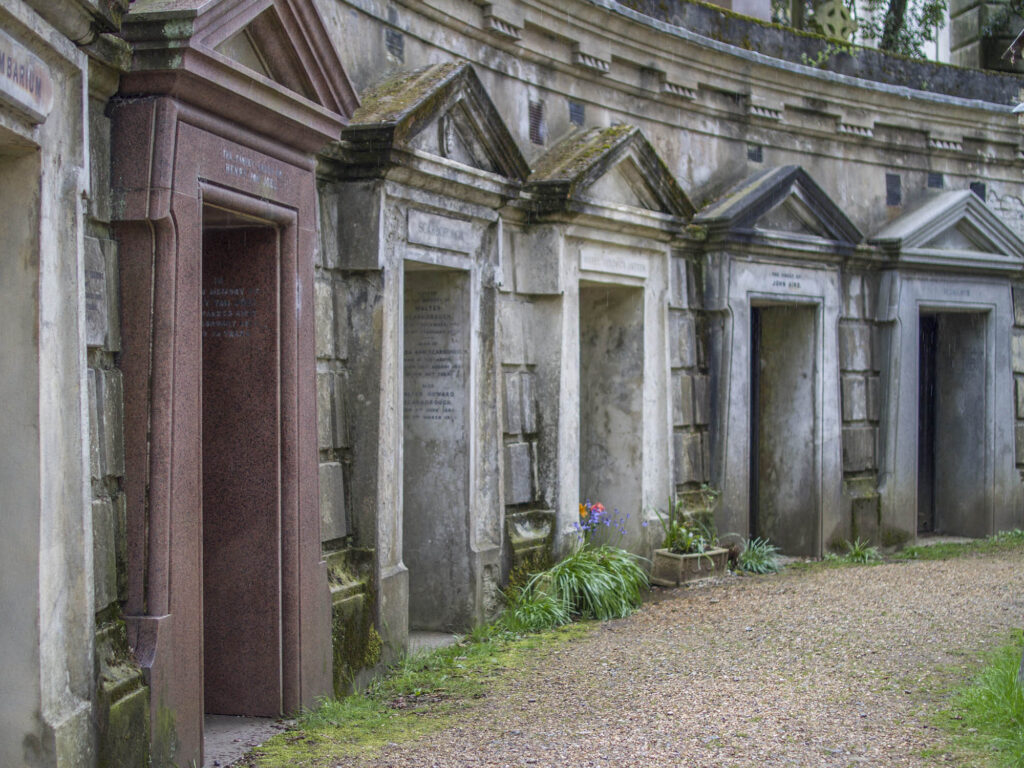
Many of the suggestions on this list focus on how the Victorians lived. In contrast, a visit to Highgate Cemetery will help you to understand death in Victorian times.
Established in 1839 as one of London’s ‘Magnificent Seven’ garden cemeteries, Highgate Cemetery became the most fashionable burial place for Victorian elites and embodied the era’s distinctive attitudes toward death and remembrance.
Highgate Cemetery features elaborate Gothic tombs, Egyptian-inspired architecture, and dramatically landscaped grounds that reflect both Victorian romanticism and the period’s fascination with ancient symbolism.
As burial spaces in London’s churchyards became increasingly scarce, Highgate becoming the final resting place for notable Victorians including novelist George Eliot and scientist Michael Faraday.
Immerse yourself in docklands life at the Museum of London Docklands
The Museum of London Docklands, housed in a Grade I listed Georgian warehouse on West India Quay, offers visitors fascinated by Victorian London an unparalleled glimpse into the bustling heart of the British Empire’s commercial power.
Several of the museum’s galleries vividly recreate the Victorian docklands experience, with immersive exhibits featuring authentic cobbled streets, a full-scale pub, and realistic atmospheric effects that transport visitors to the smoky, noisy world of 19th-century dock workers and merchants.
Through a rich collection of artefacts, interactive displays, and compelling personal stories, the museum explores the stark contrasts of Victorian docklands life – from the immense wealth generated through imperial trade to the harsh working conditions and poverty experienced by many dock workers and their families.
See statues and memorials
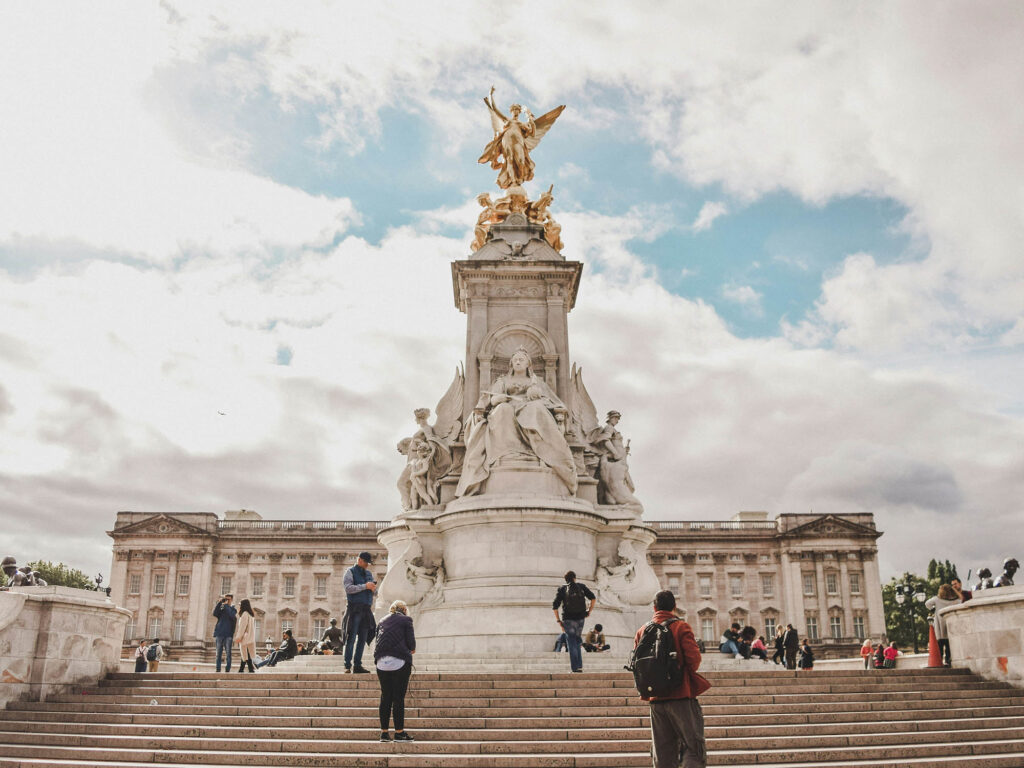
Across London there are a number of statues of and memorials to Queen Victoria and her husband, Prince Albert. Look out for these on your travels. Some of those to look out for include:
- Victoria Memorial – located in front of Buckingham Palace, at the top of the Mall, this is the grandest memorial to Queen Victoria;
- Queen Victoria statues – including one in Kensington Gardens, near Kensington Palace, where Queen Victoria was born, and one in Windsor; and
- Albert Memorial – in Kensington Gardens, opposite the Royal Albert Hall.
See what domestic life looked like at the Museum of the Home
The Museum of the Home offers families the chance to journey through 400 years of domestic life, with its Victorian rooms serving as particularly immersive windows into 19th-century daily living.
Located in historic almshouses in East London, the museum showcases authentic period rooms, including meticulously recreated rooms including a drawing room in 1830 (just before the Victorian period began) and a townhouse from 1878. The Rooms Through Time exhibition allows families to compare how domestic spaces have evolved.
Step into a surgery at the Old Operating Theatre Museum
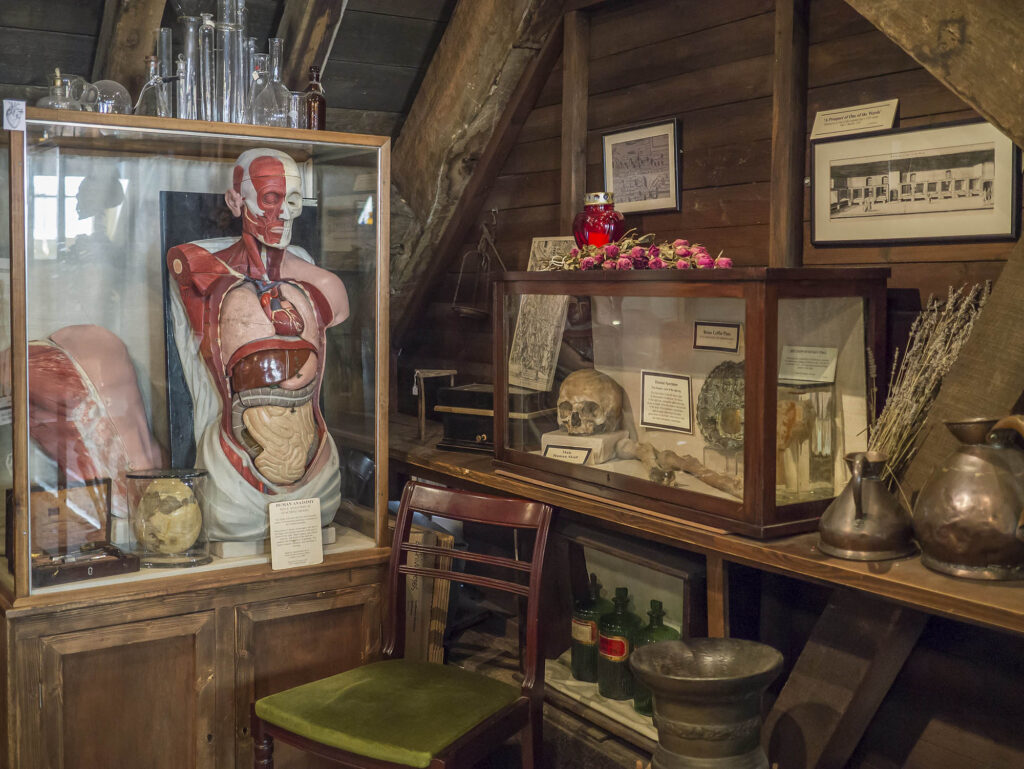
The Old Operating Theatre Museum, located in the attic of the early 18th-century St Thomas’ Hospital church, provides a fascinating window into medical history. The space combines a historic timber-framed Herb Garret, once used for drying and storing medicinal herbs, with Europe’s oldest surviving surgical theatre for women, which was added in 1822. This unique setting preserves a reminder of surgery’s pre-anaesthetic and pre-antiseptic era, offering visitors a look into early medical practices.
Once a month (on the last Saturday of the month), they host a talk on Surgery and the Victorian Operating Theatre.
Educate yourselves at the Ragged School Museum
The Ragged School Museum, housed in former canalside warehouses in London’s East End, preserves the legacy of Dr. Thomas Barnardo’s largest free school in Victorian London.
Dr Barnardo, who arrived in London in 1866, was so moved by the devastating poverty, disease, and lack of educational opportunities he witnessed—including a deadly cholera epidemic—that he abandoned his medical training to establish free schools for poor children.
Taking its name from the road on which it stands, the Copperfield Road Free School, opened in 1877 on the site of what is now the Ragged School Museum. It educated thousands of local children until 1908 when sufficient government schools had been established.
In 1990 the museum opened to share this important piece of Victorian social history. Today, its centrepiece is an authentically recreated Victorian classroom where 16,000 children annually experience education as it would have been conducted more than a century ago.
See Victorian architecture
There are no end of beautiful Victorian buildings in London to admire as you explore the city. Some of the best are:
- The Houses of Parliament – Rebuilt in Gothic Revival style after a fire in 1834, this iconic building exemplifies Victorian architecture and Britain’s growing democratic institutions;
- Covent Garden Market – A bustling Victorian marketplace that inspired scenes in Charles Dickens’ works. The current building dates from 1830 and was the heart of London’s fruit and vegetable trade;
- The Royal Courts of Justice – Built between 1873-1882, this massive Gothic Revival building represents Victorian law and order;
- Royal Albert Hall – Opened in 1871, this grand concert venue was commissioned by Prince Albert as part of his vision for a cultural quarter in South Kensington;
- St Pancras Station and Hotel – A masterpiece of Victorian Gothic architecture, completed in 1868. The hotel (now St. Pancras Renaissance) was one of the most luxurious of its time. Fans of Harry Potter will recognise it from the early scenes of the Chamber of Secrets film;
- Paddington Station – Designed by Isambard Kingdom Brunel and opened in 1854, it represents Victorian engineering and the railway boom; and
- Leadenhall Market – Although Leadenhall Market itself dates back to 1321, the current ornate glass roofed building was constructed in 1881.
Have you enjoyed a holiday in London and also learnt about the Victorians? Let us know what you did and how you found it!


